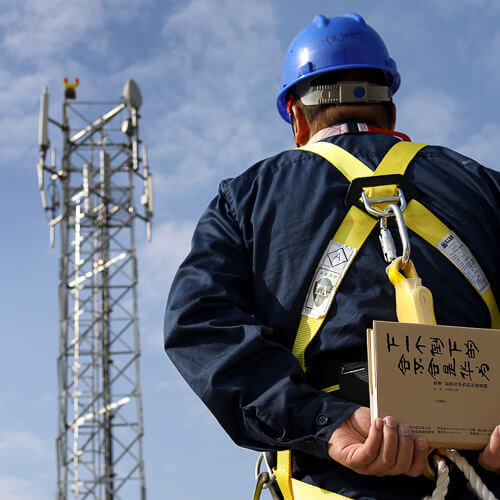
US sanctions are starting to slow Huawei down, with the Chinese vendor reporting a slide in growth and profit margin.
The vendor today announced 671.3 billion yuan (US$100.6 billion) in revenue for the first three quarters – a healthy 9.9% improvement over last year, but compares with a 24.4% gain in revenue reported in the first nine months of last year.
Figure 1:  Keep looking up: The US ban on Huawei is starting to pinch, as the company sees a slow down in Q3.
Keep looking up: The US ban on Huawei is starting to pinch, as the company sees a slow down in Q3.
(Source: Huawei)
Its net profit margin has also declined from 8.7% to 8% year-on-year.
By comparison Huawei posted a 13.1% increase in sales and a net margin of 9.2% in the first two quarters of 2020.
In a brief statement Friday, the Shenzhen-based company said the result "basically met expectations."
Want to know more about 5G? Check out our dedicated 5G content channel here on Light Reading.
The statement did not directly reference sanctions but said that, in addition to the pandemic impact, "Huawei's global supply chain was put under intense pressure and its production and operations saw increasing difficulties."
The company said it would "do its best to find solutions, to survive and forge forward, and to fulfill its obligations to customers and suppliers."
Best foot forward
Looking forward, Huawei stressed capabilities and products that are largely beyond the reach of US sanctions, such as AI, cloud, 5G and computing.
The privately held firm did not break out segment results, so it is not clear where the growth fall-off has occurred.
But Huawei has come to rely heavily on its handset business. Despite the US pressure, it became the world's No. 1 smartphone brand in Q2, with a 20% market share,according to Counterpoint Research.
The consumer unit now accounts for more than half of all revenue but also faces the biggest impact from the sanctions because of its reliance on huge volumes of high-end chips.
Yesterday Huawei launched its new flagship smartphone, the Mate 40, against a background of uncertainty.
With an unprecedented power, the #HUAWEIMate40 is here. Live at 14:00 CEST on 22.10.2020 as we #LeapFurtherAhead. https://t.co/iIHhyj0JtP
— Huawei Mobile (@HuaweiMobile) October 15, 2020
The phone, with a retail price starting at €899 ($1,064), contains the last supplies of the Huawei-designed Kirin 9000 chip.
Taiwan fab TSMC ceased shipments to Huawei in September, as Washington's ban on the use of US semiconductor manufacturing technology took effect.
Mo Jia from research firm Canalys said demand for the Mate40 is likely to be strong in China, but "component constraints may limit the total quantity of new Kirin-powered smartphones Huawei can produce."
Related posts:
— Robert Clark, contributing editor, special to Light Reading
Read more about:
AsiaAbout the Author(s)
You May Also Like











